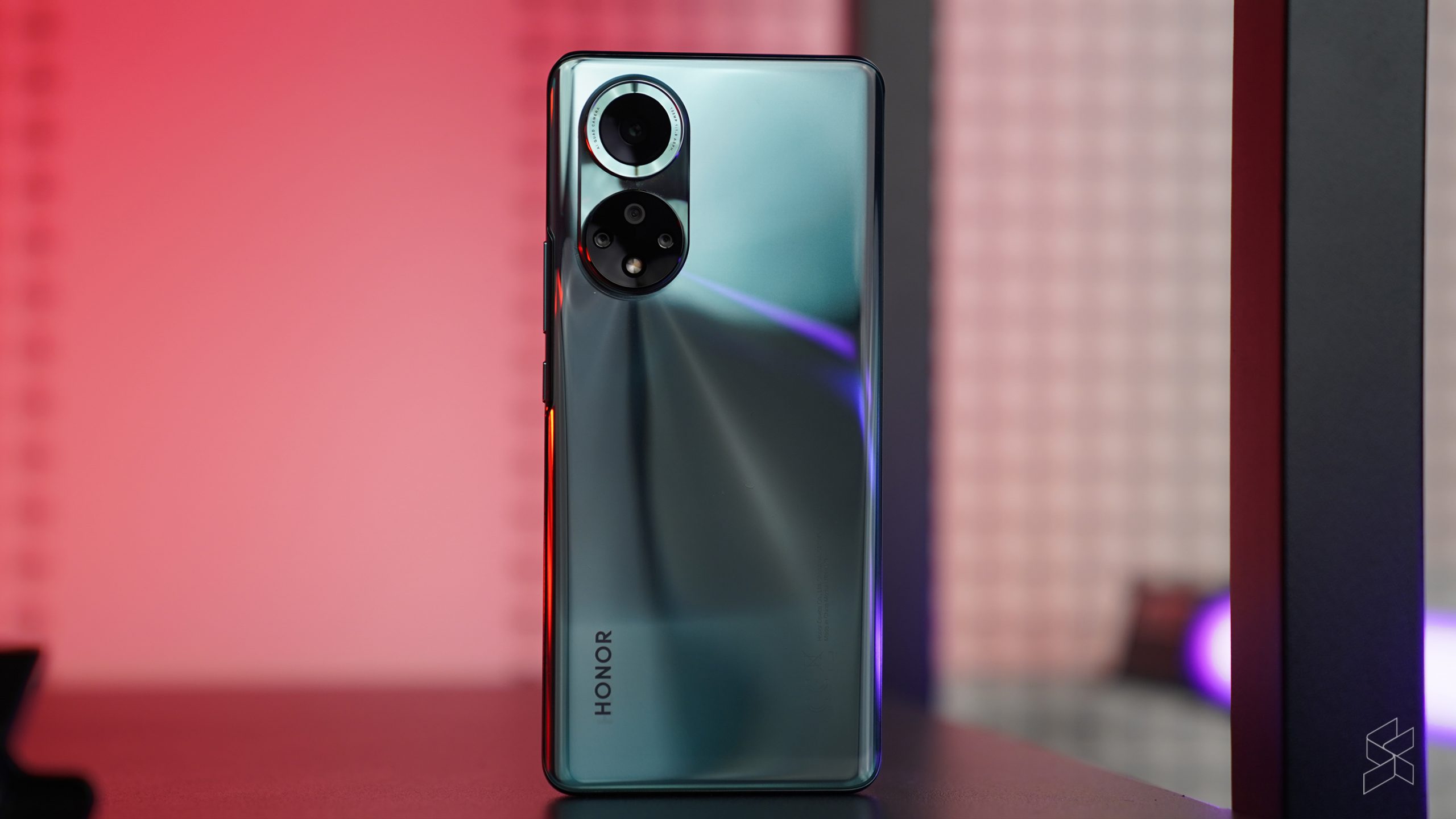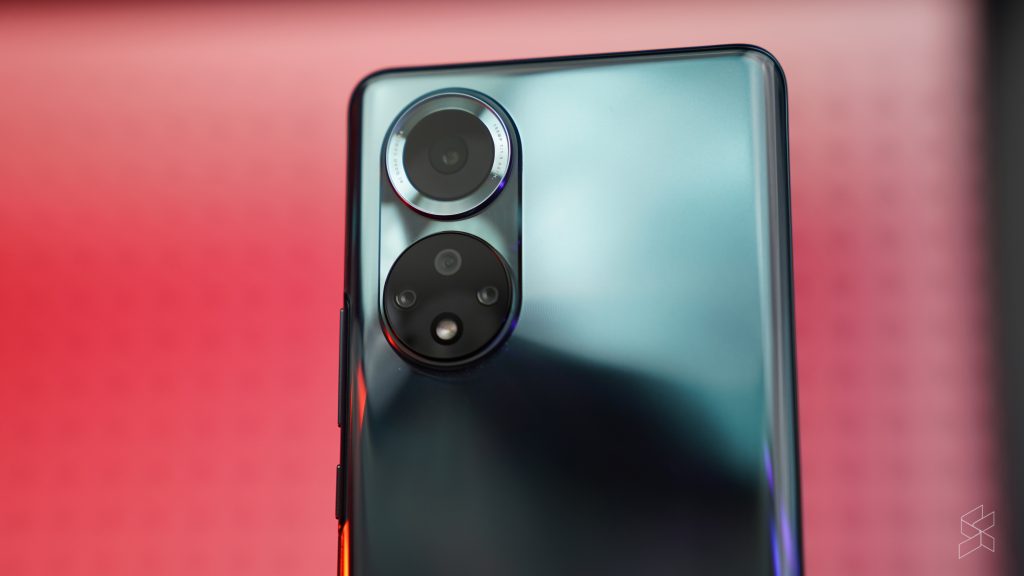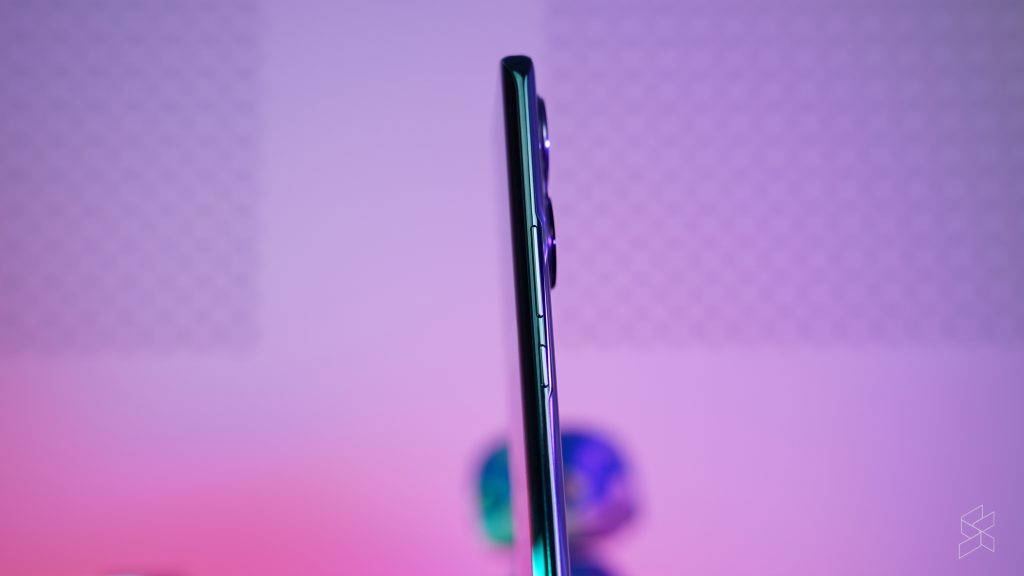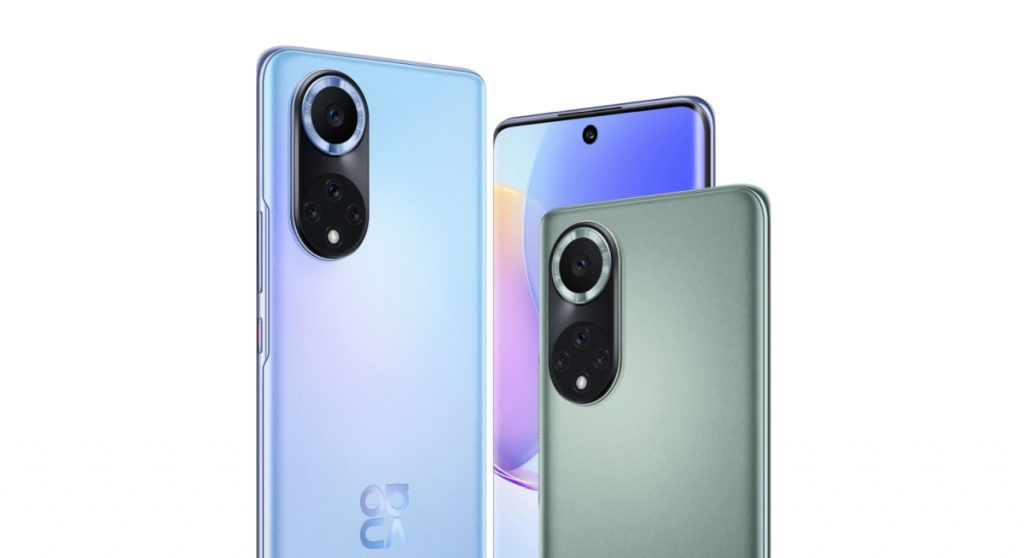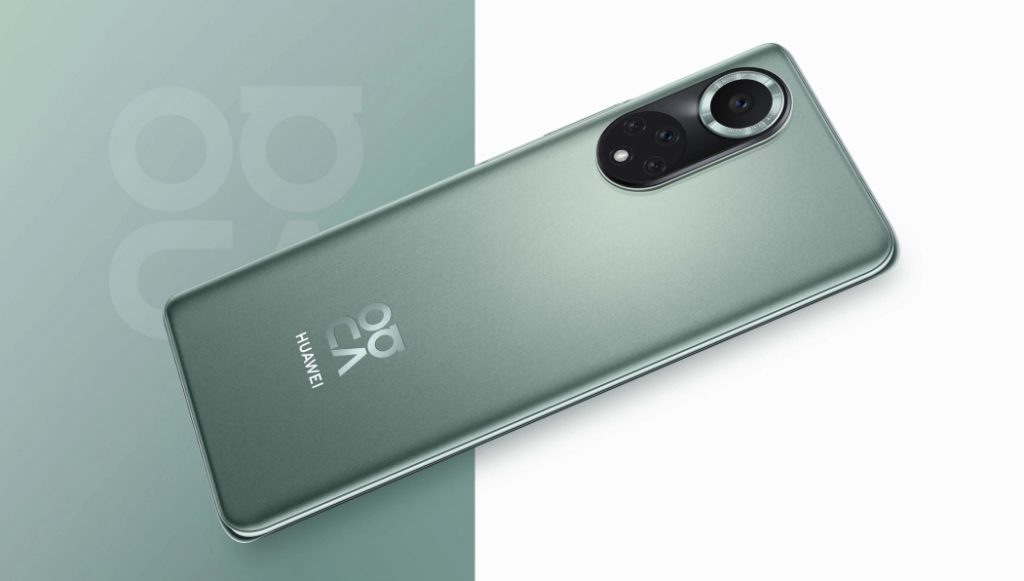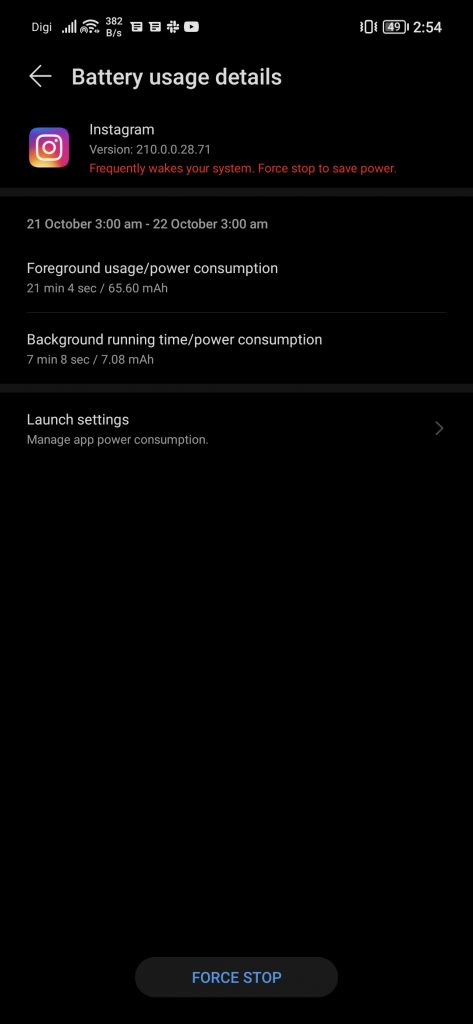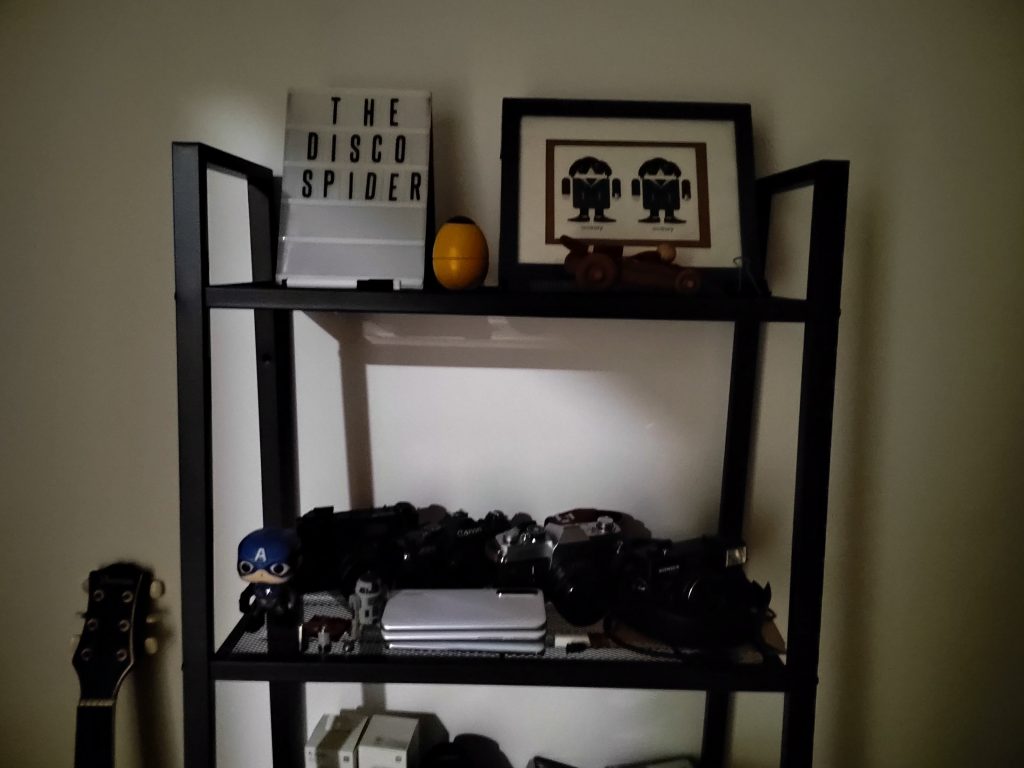There was a time when almost everyone in Malaysia knew at least one person with a Honor smartphone in their pocket. Honor devices were usually pretty stylish, priced fairly decently and typically didn’t disappoint. And then the whole Huawei controversy with the US govt happened, and Honor kinda got caught in the crossfire.
But after a couple of years of struggle—and Honor going independent—they’re back with a new smartphone and more importantly, they’re back with Google Mobile Services on their smartphones too. Meet the Honor 50.
Okay, so technically, the Honor 50 first launched in China back in June, but it has just only arrived in Malaysia. In fact, Malaysia is the first country to officially get the Honor 50 outside of China. With so much riding on this one smartphone for Honor’s return, how does the Honor 50 stack up against the rest? Well first things first, let’s actually take a look at it.
This is almost a very pretty smartphone
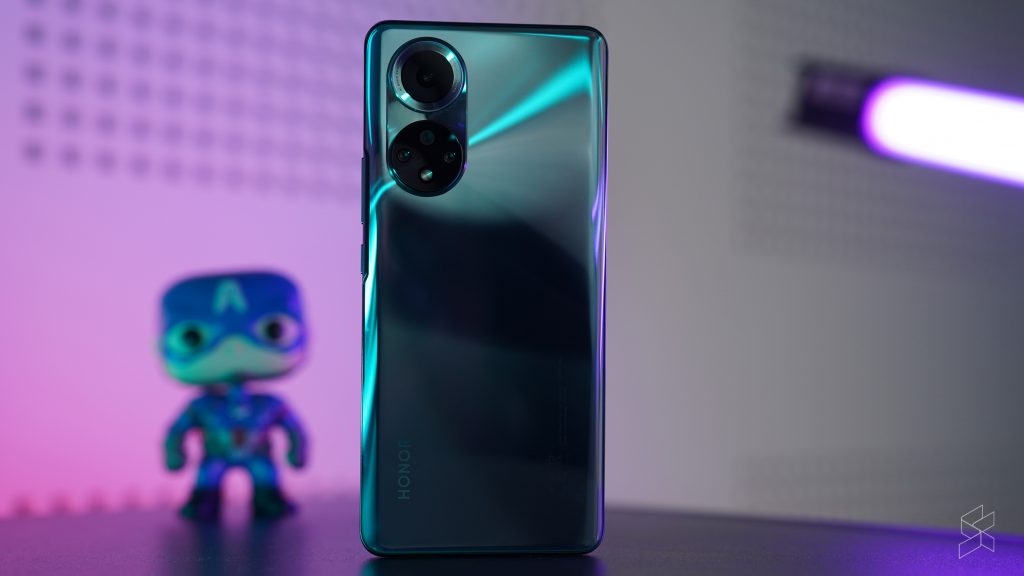
Right off the bat, the first thing I noticed was that hideous camera bump. I don’t know who thought it was a good idea, but I am just not a fan of the dual ring design. Honor though says that the symmetry of the dual ring camera bump is supposed to resemble a pair of eyes to get users to “see more in everyday moments’. Fair enough I guess as beauty is in the eye of the beholder, so perhaps some of you out there like the look, yet I can’t bring myself to do so.
The camera bump not withstanding though, I will admit, this is a very sleek and sexy looking device. Honor Malaysia have provided us the Emerald Green variant, which sort of gives off the classic British racing green vibes. The side edges of the display are tightly curved too, meeting the curves of the back glass panel while the top and bottom of the device have a nice, flat finish to them. The aesthetic appeal here is genuinely pretty impressive.
Holding it in my hand, it’s not too heavy of a device, coming in at just 175g. That being said, this device screams premium all over, and it really does feel like it too even though it’s technically an upper mid-range device. This was also one of the few times I ended up ditching the plastic case that came with the phone, as it took away from how good the Honor 50 looks and feels in the palm of my hand. Now it is quite the fingerprint magnet, so I did end up wiping it down every other day or so, but I guess that’s the price of vanity.
However, it’s also perhaps time to address the elephant in the room. The Honor 50 looks very similar to the Huawei P50 Pro that launched a few months back in July. But if you aren’t fully sure of the similarities, take a look at the recently launched Huawei Nova 9. I mean, just look at it:
Of course, it could be that Honor and Huawei had locked down the designs for the Honor 50 and Huawei Nova 9 prior to their divorce. Having spent so long under the wings of Huawei, I think it’s unlikely that they would completely change their design philosophy immediately after going independent. We can give them the benefit of the doubt, but it’s still a curious case of deja vu.
Performance is solid, if nothing to shout about
The Honor 50 looks and feels like a premium flagship, but under the hood belied its appearance. Honor has packed the Qualcomm Snapdragon 778G system-on-chip onboard the Honor 50, and while it isn’t as beefy as say the Snapdragon 888, it’s certainly no slouch either.
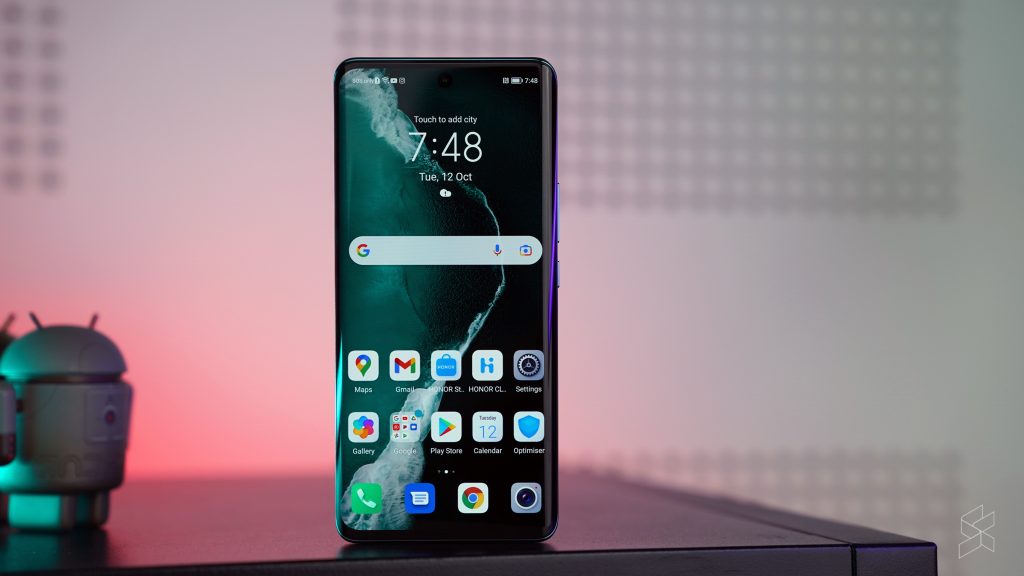
For the most part, it handled everything just as well as you’d expect it to, with minimal noticeable moments of lag during normal usage and multitasking. It was also able to run games on it just fine; I had quite a number of hours on Pokemon Unite and MTGA on it. But if you were planning on getting the Honor 50 just for gaming on the go, it should be noted that the device will get quite warm after a while of heavy usage.
The most important factor behind the Honor 50 though is possibly that it marks the return of Google Mobile Services. That means that it has the Google Play Store as well as the whole suite of Google apps like Maps, Gmail, Drive and the like. Compared to their previous devices like the Honor 30 Pro, the Honor 50 is actually usable for most people.
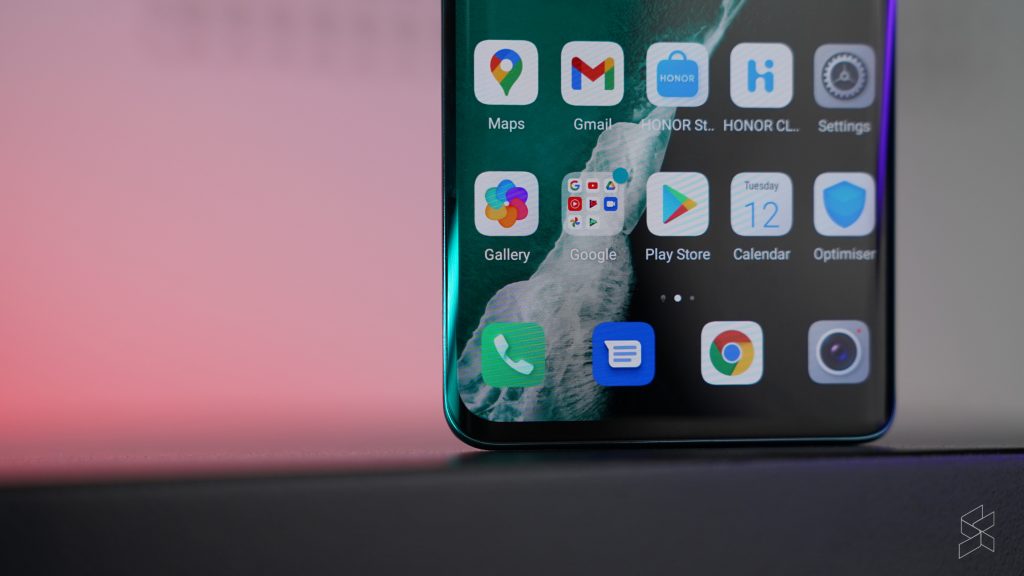
There were some quirks though, like Netflix not originally being available for the device, though it was later made available to download. The Magic UI skin itself isn’t something I’m a fan of, as it’s not always the most intuitive plus doesn’t look as sleek as the hardware itself. While I kept it as it is for the most part, it just wasn’t as nice to use as the Microsoft Launcher that I use on my daily driver. But there are some things that even a launcher won’t fix, like the lack of multi-window mode, something I use almost daily before this.
As for battery life, the 4,300mAh battery isn’t much by 2021 standards. Nevertheless, I was able to get a full day of normal usage; that means about six hours of screentime, with mostly social media and texts, some YouTube and Tiktok at mostly half brightness. That being said, I did see quite a bit of battery optimisation here, with multiple notifications telling me about apps with heavy battery usage in the background.
An amazing display marred by its audio
Here’s where I felt the Honor 50 truly shines. It has a 6.57-inch curved OLED display with a 2340 x 1080p resolution, capable of a 120Hz refresh rate and a 300Hz touch sampling rate. It’s also really, really good for consuming content on.
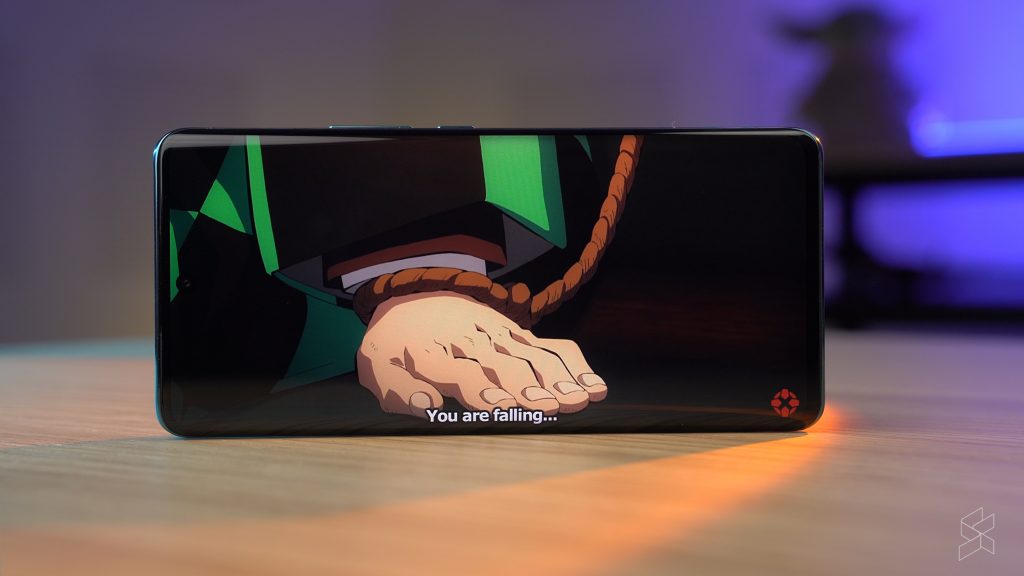
The blacks are deep and dark, the colours are vibrant and the screen itself gets nice and bright yet remained fairly comfortable to the eye. Viewing angles were good too, while the 120Hz refresh rate made things slick and smooth even as I was just scrolling through social media. Now I often will watch some Netflix and YouTube on my smartphone every now and then, but I genuinely found myself using the Honor 50 to stream content more than I normally would on my daily driver Mi 9.
Unfortunately though, the audiovisual experience here has been hindered by the single speaker setup that Honor has fitted it with. It’s not the worst mono speaker on a smartphone I’ve ever seen, but it’s also disappointing to know that the Honor 50 could’ve been so much better with something as simple as stereo speakers. The single, bottom-firing speaker on the Honor 50 is loud enough for a small room, but don’t expect anything more. It’s also pretty flat on the low end, without any sort of oomph in the sound.
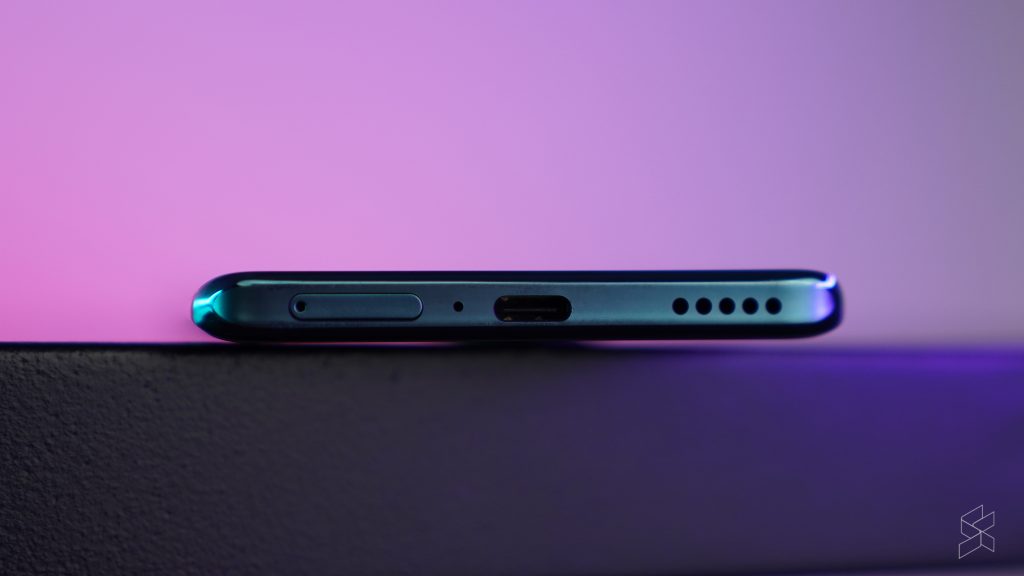
And it’s not like you can pop in a pair of decent wired headphones or earbuds either, as there’s no 3.5mm audio jack. It was nice to find a pair of USB-C wired earbuds in the box, and it’ll be fine for the average user, but if you’re an audiophile you will have to lower your expectations here.
The cameras are its weakest link
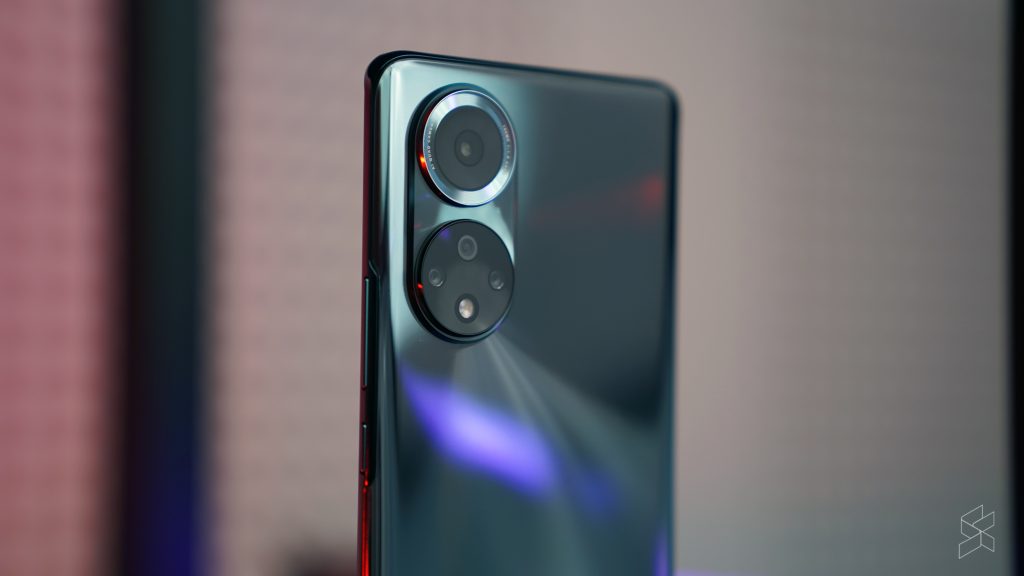
Perhaps it’s because of its history with Huawei that I expected just a bit more from the camera setup here. On paper, it’s a fairly capable setup, with a 108MP main camera flanked by an 8MP ultrawide angle camera, a 2MP bokeh camera and a 2MP macro camera. Meanwhile, the front of the Honor 50 houses a punch-hole cutout with a 32MP front camera in it.
Overall, I found that the cameras are just a tad underwhelming. The main camera gets you photos good enough for social media, but don’t expect this to challenge the likes of the iPhone anytime soon. Images end up not very sharp, and sometimes end up a little noisy too. There was also a tiny bit of delay between moving the device and seeing the preview on the screen, which was especially noticeable when using the wide angle camera.

Main camera 
Ultrawide 
Main camera 
Ultrawide 
Main camera 
Macro 
Main camera 
Ultrawide
Selfies meanwhile have the same lack of sharpness, and the default beauty setting really didn’t help either. As for night mode, well it works alright to brighten up an image, but you’ll lose a fair bit in the finer details. I also found that images can be a little muted at times, even in good lighting.
One big feature they highlighted was the multi-video function, which allowed me to shoot videos using both the front camera and the rear main camera at the same time. We’re not sure if this feature will get used very often, as I didn’t see much of a point to it other than it being a cool party trick. If you want to see the multi-video function in full, you can check it out at 6:49 onward in our video review.
We’ve also already seen this feature before, albeit on the Nokia 8 from way back in 2017. That being said, I was never the biggest camera guy anyway so perhaps the novelty is lost on me, but if this feature is something you’ve been on the lookout for then you know where to go.
Is it worth going back to Honor though?
If you’ve made it this far into the review but don’t know the price of the Honor 50 still, then fret not. The Honor 50 comes in two configurations, with the 6GB RAM + 128GB storage model costing RM1,699, while our review unit had 8GB of RAM and 256GB of storage, and costs RM1,999. You might look at those price tags and think, well that’s not cheap at all for the specs you’re getting. And you know what, you’d be right.
The recently launched Mi 11 Lite 5G NE has the same Snapdragon 778G processor underneath, up to 8GB of RAM and up to 256GB of UFS 2.2 storage compared to the UFS 2.1 on the Honor 50, and has a 6.55-inch FHD+ AMOLED display with a slightly lower 90Hz refresh rate. It does however lose out to the Honor 50 in terms of cameras, as it only packs a 64MP main shooter, an 8MP ultrawide camera and a 5MP telemacro lens along with a 20MP selfie camera. Where it wins out over the Honor 50 though is the price, as it starts at just RM1,199 for the 6GB RAM + 128GB storage configuration, while the 8GB RAM + 256GB configuration will cost a higher RM1,599.
However, another clear rival to the Honor 50 is the Xiaomi 11T series. Both the 11T and 11T Pro offer much more powerful hardware underneath, with the former rocking a MediaTek Dimensity 1200U while the latter has the first-in-class Snapdragon 888 processor. The Xiaomi 11T Pro especially seems like a much better deal, as for just RM2,099 you’re getting that Snapdragon 888, 8GB of RAM, 256GB of storage, and a much bigger 5,000mAh battery. There’s also a bigger 6.67-inch FHD+ AMOLED display with a 120Hz refresh rate along with the ridiculous 120W Xiaomi HyperCharge fast charging.
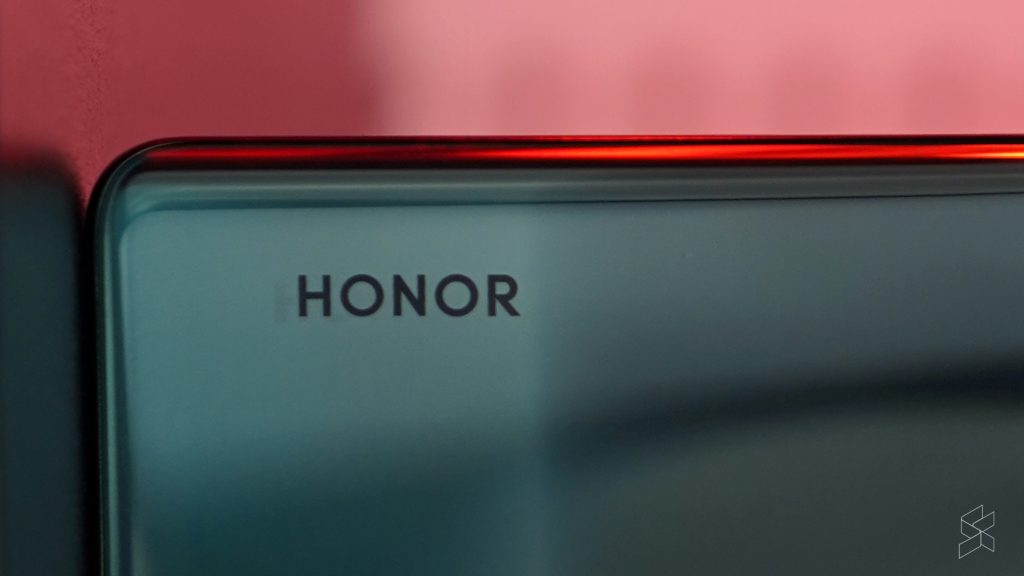
Okay then, so going back to the Honor 50, what does it have up its sleeve to warrant your hard earned cash instead of the Xiaomi devices. For starters, I’d argue that the Honor 50 simply looks and feels sleeker and more premium than its rivals. The curved glass on the sides, the flat edges on the top and bottom and the oh so gorgeous colourway means it really will stand out among the plethora of cookie cutter smartphones out there right now.
Will I personally get it? Well… no, I wouldn’t, but that’s more due to the fact I prefer looking for price-to-performance in any new device. However, if you’re someone who’s more into the design and aesthetics of your devices, you could consider the Honor 50 for your next smartphone especially at the sub-RM2,000 range. It marks a very solid return to form for the Chinese brand, and if it’s anything to go by could be a sign of even bigger things to come from them.

